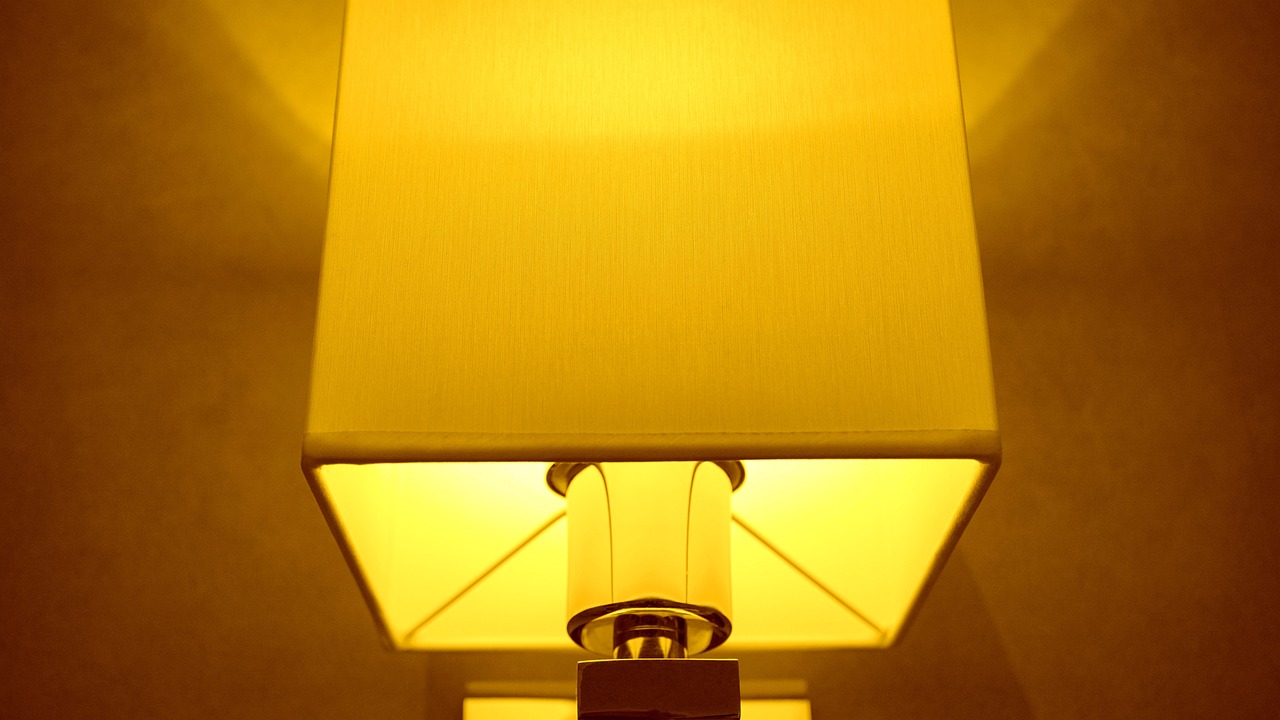As we welcome another year in sunny Florida, many of us are looking for ways to start fresh and make impactful changes. One significant area where we can all make a difference is energy usage. With this in mind, we’re excited to present a two-part blog series dedicated to helping you embrace energy efficiency in your homes and find ways to shave costs off your bill each and every month.
Cooling: Understanding Energy Usage and Reducing Costs
As we approach the New Year, it’s an ideal time for Florida homeowners to review their cooling expenses. In the Sunshine State, cooling is a necessity. But why are these costs often high, and what can you do about it?
In Florida, the climate is your air conditioning system’s biggest challenge in regards to energy usage. With high humidity and temperatures frequently soaring into the 90s, air conditioners work overtime to maintain a comfortable indoor environment. This constant operation can lead to hefty energy bills, especially during peak summer months. But it’s not just the heat – the humidity also plays a role. Air conditioners work harder to remove moisture from the air, increasing energy consumption.
- Older or poorly maintained air conditioners can be energy hogs. They may run longer and work harder to achieve the same cooling effect as a newer, more efficient model. This inefficiency is costly, both in terms of your monthly bill and the longevity of the unit. Insulation, or the lack thereof, significantly impacts cooling costs and works hand in hand with inefficient systems to waste loads of energy. Proper insulation keeps cool air in and hot air out, reducing the workload on your air conditioner. Many homes, especially older ones, may not be adequately insulated, or the insulation may have degraded over time. This leads to cool air seeping out, and your AC unit compensates by working harder and using more energy.
- Optimizing your thermostat settings is one of the simplest yet most effective strategies to save on your cooling bill. Setting your thermostat to a marginally higher temperature – even one single degree – when you’re not home can yield considerable savings. A programmable or smart thermostat can automate this process, adjusting temperatures based on your daily schedule and preferences.
- Regular maintenance can help fix some of your efficiency problems. Dirty or clogged filters restrict airflow, forcing your system to work harder and consume more energy. Regularly replacing or cleaning air filters can improve your AC’s efficiency and lower energy bills. Additionally, scheduling an annual check-up with a professional can ensure your system runs optimally and help identify any issues before they become costly.
Consider upgrading to an energy-efficient model if your air conditioner is old or woefully inefficient. Newer air conditioners have higher Seasonal Energy Efficiency Ratios (SEER), meaning they use less energy to provide the same cooling. While upfront costs might scare you off, the long-term savings in energy bills and reduced repair costs can make it a worthwhile investment.
Lighting: Illuminating Cost-Savings
Traditional incandescent bulbs, which have been the standard for decades, are surprisingly inefficient. In fact, they convert only about 10% of their energy into light, with the rest lost as heat. This inefficiency means higher energy consumption and, consequently, higher electricity bills. Furthermore, these bulbs have a shorter lifespan, leading to frequent replacements and additional costs.
The cost impact is more significant in homes with numerous light fixtures or where lights are often left on for extended periods. Outdoor lighting, large rooms, and workspaces in your home can contribute substantially to your overall energy consumption. Switching to LED and energy-efficient lighting is one of the most impactful changes you can make. LED bulbs are vastly more efficient than incandescent bulbs, using 70% less energy and lasting 25 times longer.
Finally, adopting optimal energy usage practices can amplify your savings. Simple habits like turning off lights when leaving a room, utilizing natural light during the day, and using task lighting instead of lighting an entire room can make a noticeable difference in your energy consumption month over month.
At Promise Electric, we work with Sarasota homeowners to assess their infrastructure and hep them in reducing energy costs. Call today to learn more and to set up an appointment. (and don’t forget to read part 2 here)



